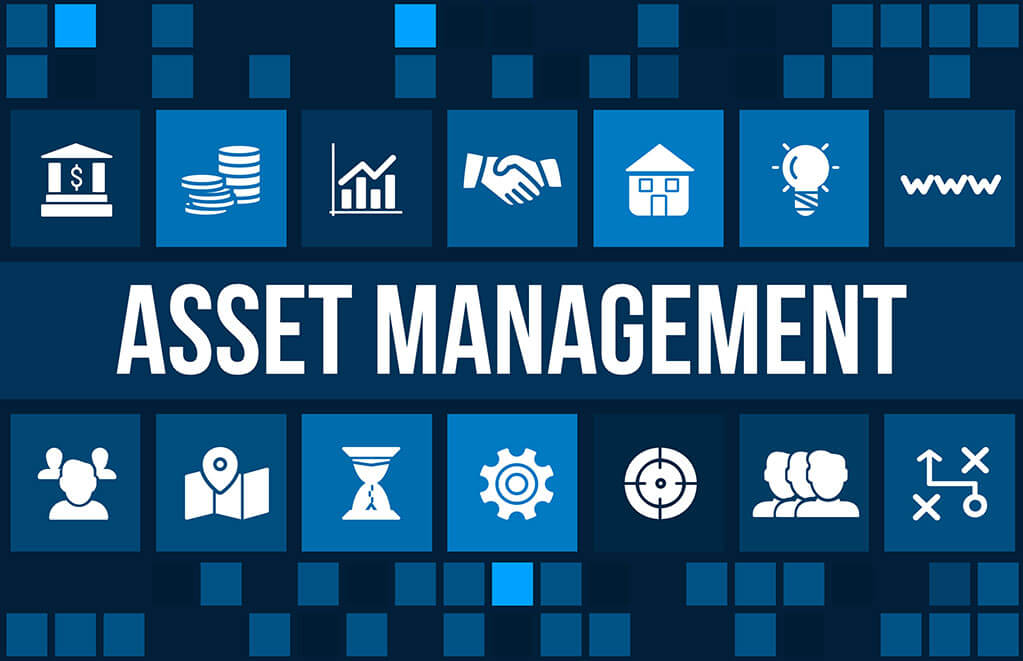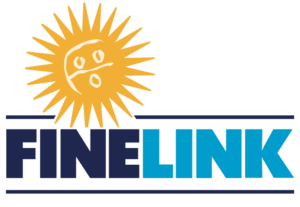5 Ways to Save with Improved Marketing Asset Management

Presenting a consistent brand across franchises or locations can be challenging, not to mention costly. At a minimum, physical and digital working files of a brand’s marketing assets—including brochure templates, logos, promotional flyers, banners, business cards, and promotional items—should be stored and organized in a centralized location. Unfortunately, “About 40% of marketers claim they do not have a single source of truth, and find it difficult to locate digital assets,” according to marketing research from KoMarketing. In this post, we look at how improving marketing asset management can impact employee satisfaction and your organization’s bottom line.
- Reduce Time Waste. Marketing personnel often wear many hats and are tasked with tracking orders, confirming deliveries, taking stock of existing (potentially outdated) marketing
 materials, and creating new marketing materials. A report authored by Brandfolder and Demand Metric revealed that “51% of marketers waste money producing or recreating assets that go unused because people don’t know they exist or can’t find them.” The same research showed that after implementing a digital asset management system, marketers spent 34% less time per week managing brand assets. While you may be unable to remove all the marketing department’s ancillary duties, you can ensure they aren’t wasting time looking for your logo on Google or your internal file server by using an asset management system that makes it easy to find the most updated marketing assets.
materials, and creating new marketing materials. A report authored by Brandfolder and Demand Metric revealed that “51% of marketers waste money producing or recreating assets that go unused because people don’t know they exist or can’t find them.” The same research showed that after implementing a digital asset management system, marketers spent 34% less time per week managing brand assets. While you may be unable to remove all the marketing department’s ancillary duties, you can ensure they aren’t wasting time looking for your logo on Google or your internal file server by using an asset management system that makes it easy to find the most updated marketing assets. - Retain Employees. Studies and industry analysis, including the Society for Human Resource Management research, show the actual costs of finding, hiring, and training a new employee at more than $4,000 or higher. A turnover scenario can cost an organization approximately 38% of an employee’s annual earnings to replace them.If your team is spending more than half their day on busy work, they’re more likely to burn out and quit. Some turnover is inevitable, but no one should be expected to do extra work for no reason. Clear processes and digital asset management can improve employee retention and reduce staff turnover, saving your company money.
- Maintain Brand Consistency and Manage Change Orders Efficiently. Entities that consistently present their overall brand are much more likely to be remembered and recognized by consumers and can lead to an increase in revenue of 10-20%. Brand consistency can be challenging to control for businesses across many locations or for a small team working with many stakeholders. On the one hand, controls must be in place to limit individuals from making significant, unilateral branding decisions—such as changing a font or tweaking a logo just because they think it looks better. On the other hand, locations may lose revenue due to outdated marketing materials while waiting on Corporate to make edits to
loc ation-specific details, such as a contact name, address, or phone number. Digital asset management software with built-in content editing tools like Finelink can meet everyone’s needs. Different departments can maintain complete control of their printed materials by approving specific editing powers for certain users. Approval can be granted to some individuals to make address changes on brochures, while others can be granted the ability to change logos on trade show items, for example. All these edits can be made without delays for seeking and granting approval every time or starting from scratch.
ation-specific details, such as a contact name, address, or phone number. Digital asset management software with built-in content editing tools like Finelink can meet everyone’s needs. Different departments can maintain complete control of their printed materials by approving specific editing powers for certain users. Approval can be granted to some individuals to make address changes on brochures, while others can be granted the ability to change logos on trade show items, for example. All these edits can be made without delays for seeking and granting approval every time or starting from scratch. - Manage Workflows and Approvals. More often than not, marketing teams juggle multiple time-sensitive projects simultaneously. Having projects held up in review and approval processes is an unfortunate and too frequent occurrence. In fact, 42% of marketing leaders have projects delayed due to stakeholders failing to provide timely comments and feedback. A 2023 study found marketers and creatives experience delays between four and ten days awaiting approvals.The best marketing asset management systems feature intuitive and built-in approval workflows. As soon as requests are made, the software can send automated messages and reminders to the individuals whose approval is needed to keep the project moving with a few clicks or further comments and follow-up. Such tools can also allow costs to be appropriately assigned to different cost centers, helping achieve transparency in spending and monitoring individual budgets.
- Mitigate Risk and Ensure Compliance. With security breaches becoming more ubiquitous, your company and customers’ information requires careful handling. Compliance, documentation, and reporting are three different security risks, and it makes sense to have one reliable partner monitoring all three. If HIPAA regulations are a concern for your healthcare-focused organization, for example, you need a partner who understands the law and takes active, ongoing steps to maintain both proper security and compliance. Many businesses don’t realize how much poor processes and a lack of asset management tools can cost them until it’s too late and a solution is needed to correct an issue.
Fineline Creates Workflows that Work For You
Choosing an out-of-the-box solution for this task can be its own challenge, and many tools require extra time, effort, and teams to adapt their work to the software’s functionality.
Fineline Printing Group believes it should be the other way around. Software should change and adapt to meet your organization’s needs. Fineline partners with marketers to customize our proprietary asset management portal, Finelink, to fit any team’s unique business processes. We’ve become a valuable healthcare marketing communications partner, for example, storing, organizing, and maintaining more than 5,000 marketing assets for use across a statewide network of facilities.
Contact us to learn more about Fineline’s commitment to helping our clients better manage their important marketing materials and overall branding direction.
